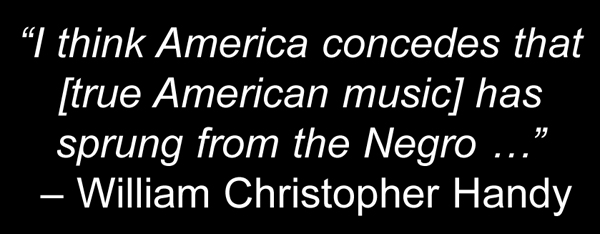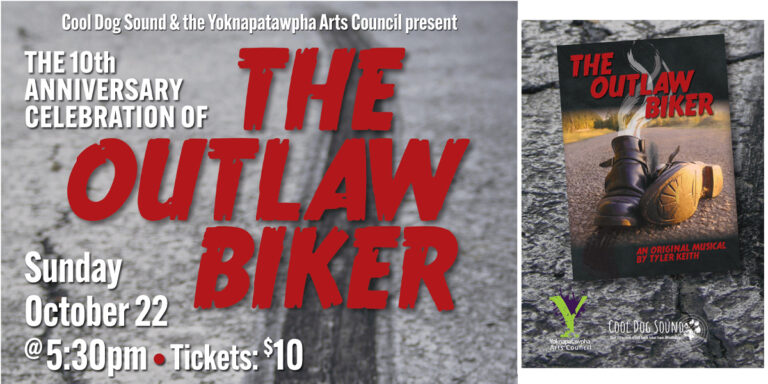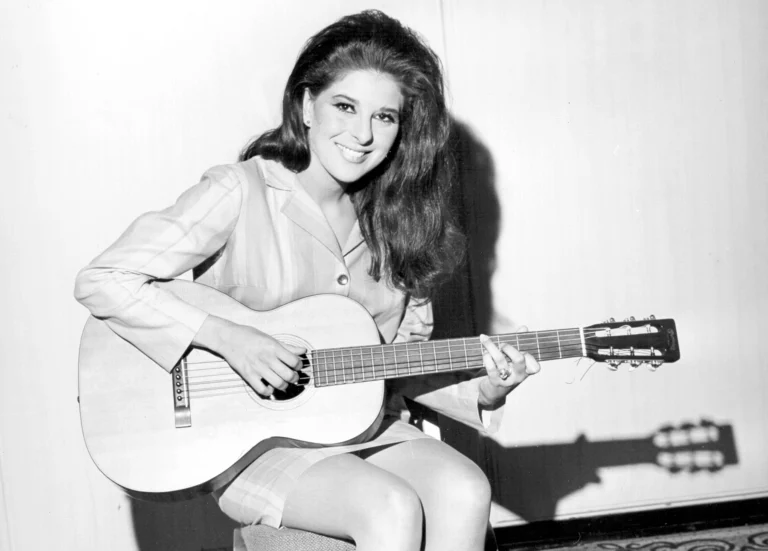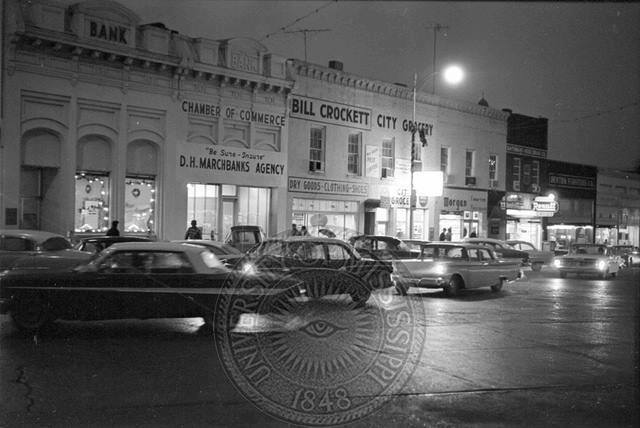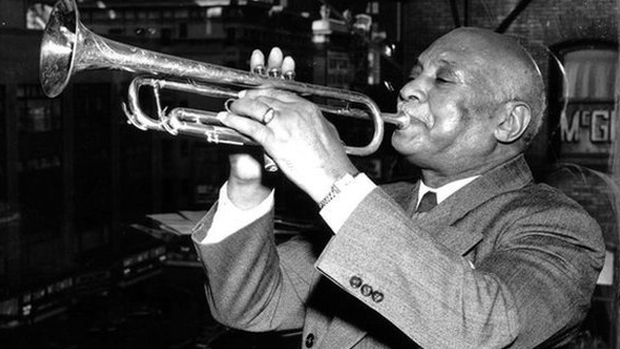
BIRTHDAY GREETINGS TO W.C. HANDY (1873–1958)
Today we honor W.C. Handy, born 141 years ago on November 16.
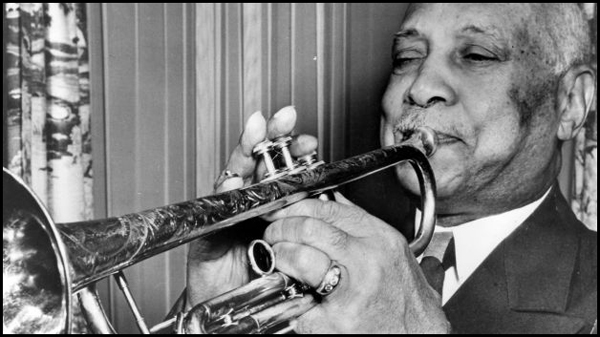 A few decades ago, the newspaperman Wayne Countryman—a copy editor with a rock and roll heart—made a pilgrimage to W.C. Handy’s Memphis home at 352 Beale Street. The gate was locked.
A few decades ago, the newspaperman Wayne Countryman—a copy editor with a rock and roll heart—made a pilgrimage to W.C. Handy’s Memphis home at 352 Beale Street. The gate was locked.
“Some guy said he’d get the key and let me in,” remembered Countryman, who grew up grooving to Kool & The Gang at Catholic school dances in Rome, New York. “He pointed to the Daisy Theater and asked if I’d like to see that too—said he had a hoochie band that played there on Saturday nights.”
Countryman, who has crossed the Great Magnolia State chasing blue ghosts, described his Beale Street guide as “fascinating—a real motor-mouth who commingled Scripture, the Declaration of Independence and the U.S. Constitution—all inaccurately—for about two hours.
“He sold me a half-warm Coke that ended up costing $10.”
A hoochie band and warm Coca-Cola for a sawbuck!
Holy Race Records!
“If you listen carefully to Handy’s “St. Louis Blues” (1914) it’s actually a tango despite the title—tango was hip at that time,” said Alan P. Marcus, a guitarist and Maryland professor of geography who often takes his classes on blues field trips to Mississippi.
Tango, rag or blues, like the more fortunate characters in a Faulkner novel (if there are any), the music endures.
“The flamboyant New Orleans pianist Esquerita [Eskew Reeder, 1935–1986] transformed “St. Louis Blues” into a minor cult hit in 1963 called “Undivided Love,” said Larry Benicewicz, a Baltimore blues scholar and collector of 45 rpm records.
For $8.91 you can download “W.C. Handy Blues (As Sung by His Daughter Katharine Handy Lewis in Traditional Style)” and listen across the 90 miles south on Highway 61 from Memphis to Tutwiler in Tallahatchie County.
At a Tutwiler train depot in 1903, Handy—by then a classically-trained composer and bandleader—heard a black man playing slide guitar with a knife blade while singing “… where the Southern cross the dog …”
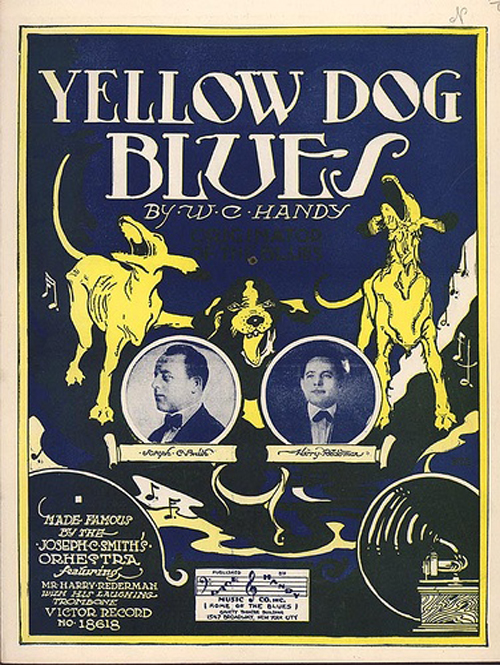 Handy memorably called the heart-rending tune, “the weirdest music” he’d ever heard, this some six decades before Don Van Vliet released, “Trout Mask Replica.”
Handy memorably called the heart-rending tune, “the weirdest music” he’d ever heard, this some six decades before Don Van Vliet released, “Trout Mask Replica.”
The true blues—skinning tomcats with slide guitars/fattening frogs for snakes—still seems like the weirdest music made by man, especially as practiced in the North Mississippi Hill Country once made by Junior Kimbrough and kept alive by his kin.
In 1976, former newspaperman turned physician David M. Brown was writing for the Commonwealth of Greenwood, Mississippi. That June, he interviewed Thomas F. Clay, M.D. [1885-to-1985], who remembered meeting Handy in Clarksville as a young boy.
“Tutwiler was nothing at that time,” Clay told Brown. “There was nobody here.”
Clay recalled that before blues became pop music, Handy was primarily a violinist.
“He offered my Daddy $500 for a Stradivarius violin that had belonged to one of my father’s uncles,” said Clay, who also said that the young Handy worked for a time as a janitor at the Planters Bank in Clarksdale.
(Neither the Stradivarius claim nor the reference that Handy worked as a janitor could be confirmed.)
Clay said his father played the instrument “for a little while and put it up on top of a wardrobe in his room, he let it stay up there and the darn rats got it … had cut it slab-dab in two … a Stradivarius absolutely eaten up by the rats [and] old Handy offered daddy $500 for the thing …
“That was way back yonder …”
Rafael Alvarez can be reached via orlo.leini@gmail.com ![]()
–
This article was originally printed in The Local Voice #218 (published December 4, 2014).
To download the PDF of this issue, click here.
